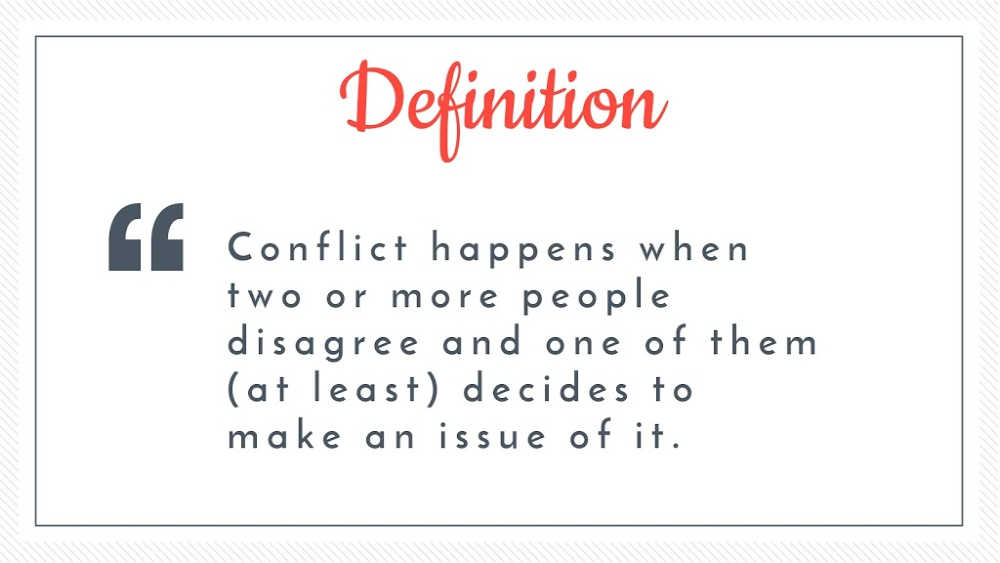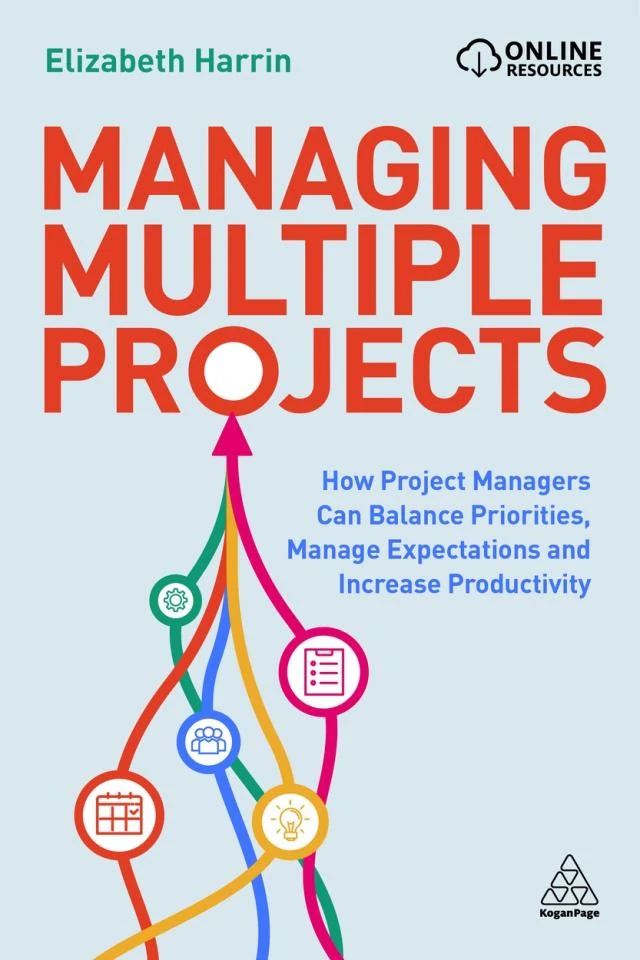10 Practical Time Management Tips For When Everything is a Priority
I’m pleased to be working with Resource Guru to bring you this article packed with our tried-and-tested time management tips for work.
What is it with work these days? When are we going to be able to catch our breath? If you feel like your time isn’t your own, and you have too much to do, these time management tips will increase your productivity – even if everything feels like a priority.
I can’t honestly say that I have my own personal time management down a fine art. I don’t swan through my working week knowing exactly what is coming and what tasks I’ve allocated myself for the next 72 hours.
More often than not, I’m checking my calendar the night before and then working out what tomorrow is going to bring. But I have tried everything in this article. And I am trying to do it all regularly because I know this advice works.
Read through my 10 time management tips and then let me know what you do to plan your time in the comments below.
1. Schedule Your Time
This is my top tip, so I wanted to put it first.
I am most productive and get the most out of my time when my time is planned.
Whether you do this in your calendar, in your bullet journal, via capacity planning software, or on paper doesn’t matter. The important thing is that you do it.
This is how I schedule my time:
- I work out my priorities for the week.
- I look at what meetings and other commitments I have.
- I split my priorities across the week, blocking out time each day to do something that gets me closer to having achieved my goals by Friday.
This is the only way I can guarantee to get all my priority work done.
“Employee capacity planning” is a fancy way of saying that you should make sure that work is adequately scheduled for other people in your team as well.
Make sure that they aren’t over-allocated and that they have enough time to complete their priority tasks. When you use resource scheduling software it’s easy to see who is doing what and to bounce activities to next week if there isn’t the time this week.
Bonus Time Management Tip for Managers: Even if you let your team book out their own time it’s worth checking resource utilization reports to make sure no one has been over-optimistic about what they can achieve in a week.
2. Know the Difference Between Urgent and Important
This is a time management trick you’ll learn if you go on a course, but it’s probably one of the easiest things you’ll ever use to help you manage when you are overloaded.
Not everything that is urgent is important.
And not everything that is important is urgent.

Important means something that:
- has high significance
- other people believe is a good use of your time
- will help you or the organization reach your goals.
Examples of important work: Your annual targets. Completing a strategically significant project on time and on budget. Making sure document version control is up-to-date.
Urgent tasks are things that have to happen now.
Examples of urgent tasks: Donating to Claire’s birthday collection as someone is buying her present this afternoon. Your manager dropping by your desk to ask for a report by close of play.
There are some more examples of the difference between urgent and important work in the image above.
How to prioritize your time between urgent and important
Tasks that are high urgency and high importance should take most of your time in the day.
However, ideally, you’ll also be spending time on the highly important but less urgent tasks too. Plan these in your calendar for the coming weeks so they don’t become a source of panic.
Try to avoid spending the day doing low-importance tasks.
Task priority can change over time
Tasks can change status over time. Doing your monthly report isn’t urgent on the first day of the month, but it’s pretty urgent if it’s the last day and you haven’t started it yet.
3. Understand Your Priorities
You can only block out time on your calendar if you know what your priorities are. Understanding what is urgent and important will help you spot priority tasks.
When everything is a priority, you have to review your to-do list and project schedules realistically. Be harsh. See what activities are most strategic or add the most value and prioritize those.
In case you were wondering, the answer is never: everything is a priority.
That’s just lazy thinking. Some things will be more priority than others. Everything might be very important, but not everything is at the same level of very important.
Share your priorities with your team so they can also see the bigger picture. Communicating effectively with your team about priorities is key to avoiding burnout.
4. Delegate and Help
A great time management tip for teams is to delegate to each other.
Delegation isn’t just something that managers do to their teams. If you have a happy, productive, and supportive team, you should be able to ask for help and give help whenever you need it.
This is another reason why resource planning software can be so useful. Everyone can see who is available, so if you have to pick up something at short notice, you’ll be able to see who can take on your other tasks.
As a team manager, resource scheduling software lets you know when your team members are around. Having that picture of what everyone is doing means you can easily see the priorities.
Bonus Time Management Tip for Managers: Don’t forget that “managing” also takes time. Don’t book yourself at full capacity as you’ll find you won’t have time to do all the “managing” work.
Read next: The Ultimate Guide to Resource Management.

5. Plan at Different Levels
Have different To Do lists. Know what you need to achieve this year, quarter, month, week and day.
When you have lots of priority work or important clients, knowing when their big dates are; launches, testing phases etc, can help you schedule other work around those to avoid clashes and burnout.
I also like having a list of small things to do when I get a couple of minutes, like returning unimportant calls, email filing, adding expenses to the expense software and so on.
Then if your next meeting is unexpectedly delayed by 10 minutes and you’re feeling overwhelmed generally and annoyed at the wait (speaking from painful personal experience!) you can pick something off that list to fill the time.
6. Know When You are Most Productive
You’ve probably heard the advice to do your most difficult or awkward tasks first: this is the “eat the frog” school of thinking. That’s fine if you are at your best first thing in the morning. Trying to do complicated reports or chair tricky meetings when the coffee hasn’t quite kicked in is a different matter.
Learn when you are at your most productive and use that to your advantage. Schedule your frogs for the time when you are sharpest.
For me, that used to be first thing in morning, but now it’s more likely to be around 11am. Your habits and preferences change over time – don’t assume that because you wrote all your uni essays at midnight that’s the best time for you to work today.
Block out that time in your calendar for your big or difficult work.
Book meetings with yourself if you want to keep the time free to focus on something specific. You are less likely to be interrupted if you are in a meeting room or your diary looks busy, even if there are no other attendees!
Remember to build some slack into your calendar as well. You can’t work every evening and still function at full capacity during the day. Have some downtime, whatever that looks like for you!
One of the busiest times for me is just before I go on annual leave. When you’ve got planned vacation time, you need to hand your work over to someone else. And that means tidying everything up so it can be monitored while you are away.
The easiest way to prepare for a handover at work is to make some time for it before you go — yes, I know it’s hard! And you’ll be able to leave for your vacation without worrying about what you are leaving behind.
7. Deal With Email
Having a strategy for dealing with email is important because when everything is a priority you have to be able to find messages and stay organized. For me, having thousands of mails in my inbox is a source of stress.
Find a system for email that works for you. Inbox zero doesn’t work for me because I interpret it to mean “file all your emails in other folders and then your inbox will be zero!”
Inbox zero principles tend to be to use automated rules to move incoming mail to a different folder so you can get to it later.
The work of email hasn’t actually gone anywhere: you’ve just moved it to a different folder through an automated rule. That’s not stress-busting.

Anyhow, my point is that different email approaches will work for different people. I know people who never delete anything from their inbox and use the search function with advanced filters to find what they are looking for.
Or people like me use their inbox as a To Do list and move stuff out once it has been actioned.
An organized inbox is a sanity-saver when you are juggling multiple projects.
8. Integrate Your Schedules
Time management is important if you want to stay organized, and that’s never more important than when you have several projects on the go at once, all of which are apparently a priority.
Integrating your schedules will help you see all the key milestones at once.
You can do this in your project management software tool or a resource scheduling tool. At its simplest, make a milestone planner and use that to see which months are going to be your busy times.
This is all about horizon scanning so you don’t get caught out at the last minute. It can also help you manage dependencies between projects so that you don’t create bottlenecks with your own work or that of your team.
Read next: Tips for managing multiple projects
9. Deal With Conflicts
When you’ve got multiple priorities, you should expect to face multiple conflicts. People will be pulled between important projects. They will be splitting their time across teams or clients.
And feeling overloaded can make people more snappy than usual.

Capacity planning is a simple way of dealing with resource conflicts. Find out why it is the secret to successful projects.
Managing “real” conflict (arguments) in the workplace is a skill. In my experience, conflicts generally arise where there is a misunderstanding that blows out of proportion.
Keep talking to your stakeholders and clients about their expectations, and keep communication channels open with your team as well. Managing expectations on all sides goes a long way to keeping the peace.
10. Stay Positive
Finally, try to keep a positive attitude. Managing your time is tricky, but it isn’t impossible. These busy times will pass.
Try to be flexible and adapt to what’s required this week (or today). And let your positive attitude rub off on your team.
Don’t be the person who goes on and on about how much you have to do and how busy you are. Everyone will be thinking: if she’s so busy, why is she spending so much time moaning about it and not getting on with her work?
How will you use these time management tips?
I hope these 10 time management tips for work will help you stay focused and productive when everything looks like a priority and your list of projects feels like it couldn’t get any longer.
You can take control of your time. Take a breath, put these strategies into action, schedule and plan, and you’ll be feeling more in control soon.
I can’t promise your workload will decrease, but at least you’ll know how you are going to fit it in, and what tasks need to be postponed to next week!
Need ideas about how to manage your time and your team’s time more effectively when everything is a priority? Capacity planning for yourself and your team is my top tip. Find out how Resource Guru can handle your resource scheduling so you can get on with your day job. Take a free trial.
Pin for later reading:


